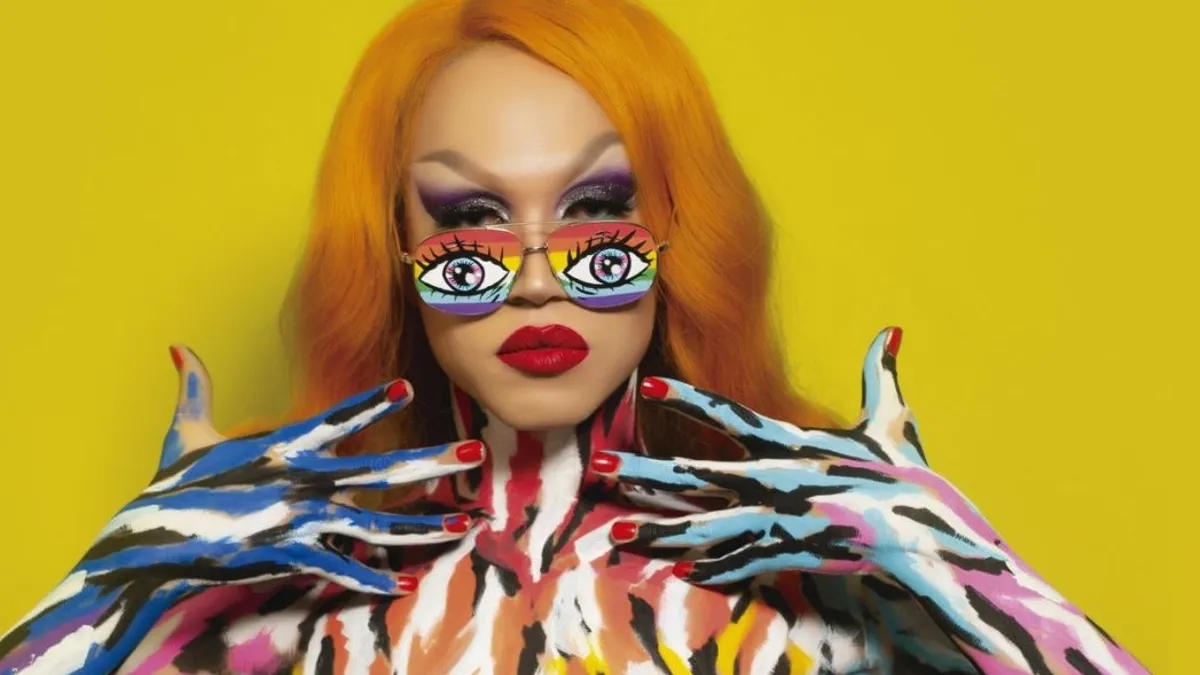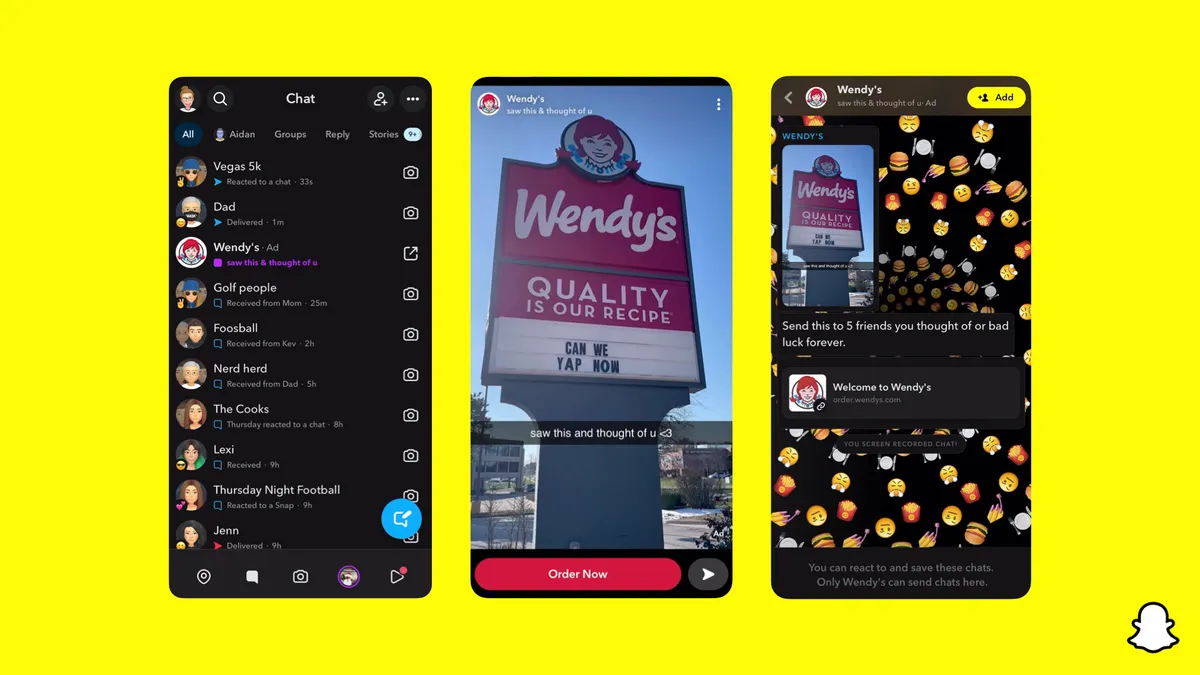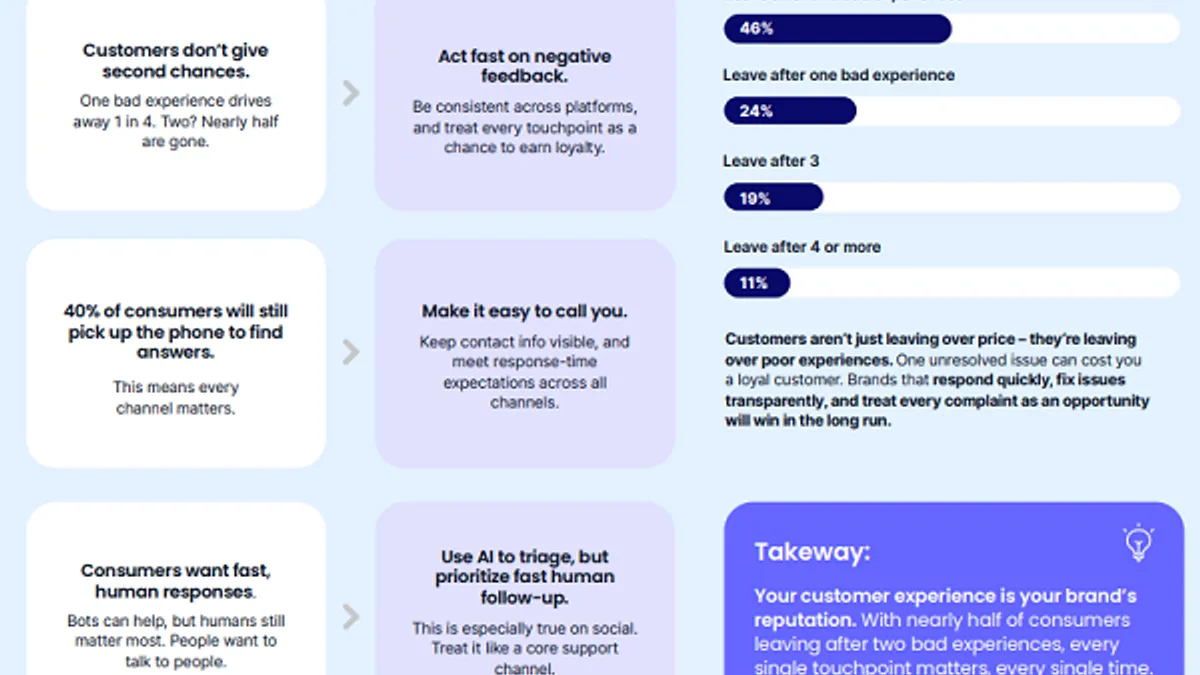Social influencers are poised to have a bigger presence in advertising campaigns in 2021 as marketers eye younger consumers who spend more time online. That engagement will help to support several key trends this year, including the evolution of social media creators into long-term brand ambassadors and the growing role of customers who act as influencers.
Among other trends, Generation Z consumers will have a greater effect on influencer-generated content as their spending power continues to swell, and marketers will be able to evaluate the effectiveness of their influencer campaigns with improved metrics, according to a new forecast from influencer marketing company CreatorIQ.
"As the industry evolves, we are moving away from what was 'Influencer Marketing 1.0,' which was really a transactional relationship between brands and the creators that they worked with on one-off campaigns," said Tim Sovay, chief operating officer of CreatorIQ, whose financial backers include CPG giant Unilever.
His company, which has a database of 20 million creators, is seeing greater demand among marketers for longer-term partnerships with influencers who can be effective brand advocates. At the same time, creators want to align themselves with brands whose social values match their own.
"A creator is really choosing the types of brands that they want to work with, that they identify with and who their audience is interested in," Sovay said. "On the brand side, they're looking for a more authentic relationship, and weirdly, it's almost like a traditional endorsement."
These longer-term contracts with creators can last for a year with an option to renew, and can include services like consulting on product launches or design ideation.
"'Influencer' means so many different things now — and really one of them is understanding what your high-value customer is."

Tim Sovay
Chief operating officer, CreatorIQ
Yeti Holding, the maker of luxury coolers and ice chests, is an example of a brand that nurtured a dedicated following by collaborating with influencers whose creative efforts include everything from product tests to short films that showcase outdoor adventures.
TikTok steers demand for authenticity
Younger consumers are harder to reach through media channels like traditional linear TV, making digital efforts that include influencer marketing more crucial for brands with a younger-skewing target audience. Generation Z is even more forceful than the preceding millennial generation in demanding that brands be authentic, a characteristic reinforced by the popular social video app TikTok.
Because TikTok focuses on identifying videos that are most likely to go viral, everyday people can become famous overnight on the platform. Its authentic short-form content became even more popular among Gen Zers as their social media consumption soared during the first year of the pandemic, according to CreatorIQ. The firm recommends brands collaborate with Gen Z influencers to learn more about the audiences they hope to reach.
"[The Gen Z] audience is native to the social platforms. It's all they know. Therefore, the creators that they follow have, by far, the most influence," Sovay said.
Many young consumers aspire to become social influencers as a career, a sign of their understanding of how fame works on social media. Eighty-six percent of Gen Z and millennials said they would post sponsored content for money, and 54% would become an influencer if given the opportunity, research firm Morning Consult found in a survey.
"Traditional ideas of celebrity — like actors — don't have as much as impact as they used to," Sovay said. "The creators are truly native to social media platforms, along with new up-and-coming digitally native brands that have been built off the back of Instagram and other platforms."
Improved measurement and scale
Like many facets of marketing, the influencer sphere is becoming more data-driven, giving brands additional measurement capabilities to assess return on investment and other business outcomes. E-commerce sales linked to content is emerging as a key benchmark as platforms popular with influencers, such as YouTube and Facebook, offer native tools for marketers to measure social influencer efforts and support online ordering and payment.
"Now, it's not just about high-level impressions and engagements — we can drill down to lower-funnel measurement to understand conversions," Sovay said. "Shopping and social commerce is really set to explode over the next 12 to 24 months in the U.S."
"Brands have these large databases of emails and first-party data. A brand can partner not just with a number of creators but really empower their most active and 'influential' customers."

Tim Sovay
Chief operating officer, CreatorIQ
Brands are also forecast to support their influencer efforts with paid media to extend the reach beyond the organic following creators have cultivated on social platforms, per CreatorIQ's report.
"You can get the scale and you can get the targeting through paid media that you can't through other channels like programmatic display," Sovay said. "This will allow you to truly scale beyond just organic reach to a much broader audience through influencer marketing."
By scaling into paid media, marketers can target lookalike audiences who may not follow the creator directly, but have similar psychographic and demographic profiles.
"With more scale, you have the ability to have more conversion and more attribution," Sovay said. "You can sell more products, you can get more downloads, you can get more people to take an action beyond just the audience of that creator that you're working with or creators."
Customers as influencers
CreatorIQ also foresees greater convergence between loyal customers of a product and influencers. Babe Wine, the canned wine marketed by AB InBev, expanded its brand ambassador program by identifying customers who might serve as effective social influencers.
"'Influencer' means so many different things now — and really one of them is understanding what your high-value customer is," Sovay said. "Brands have these large databases of emails and first-party data. A brand can partner not just with a number of creators but really empower their most active and 'influential' customers."
The convergence of influencer marketing and customer experience (CX) also can be scaled upward to extend reach and promote longer-term loyalty.
"You scale this by working with hundreds, if not thousands, of your customers, and give them incentives to be your partner," Sovay said. "It will take time for brand marketers to get there, but I can tell you when we talk about this with our top customers, they get excited about it. They view it as the next big jump for this category."






















